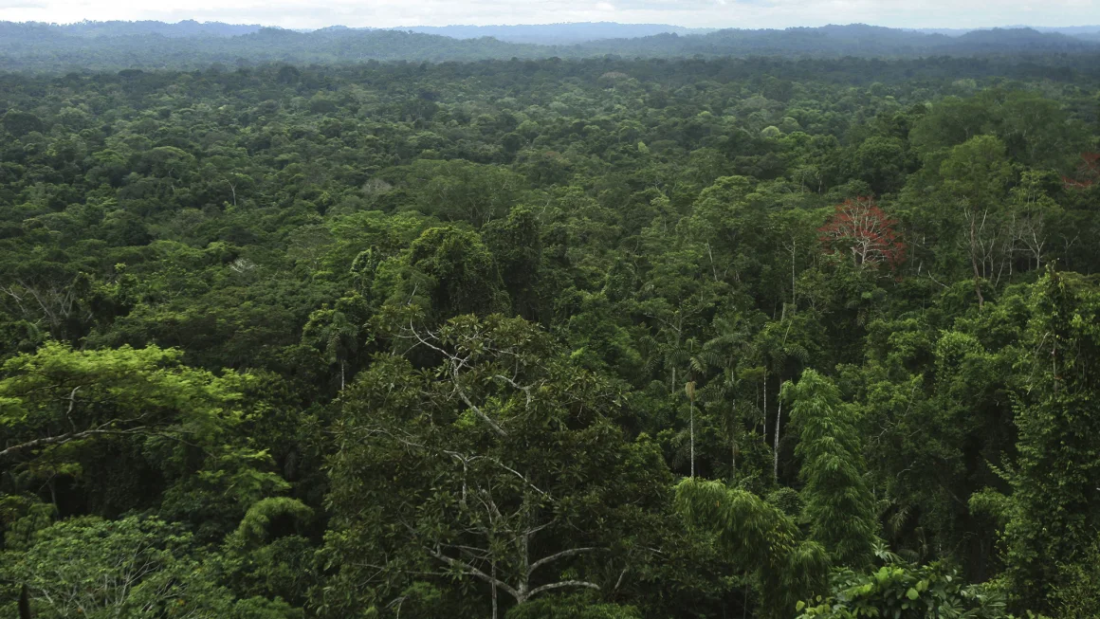
In a groundbreaking discovery, archaeologists delving into the depths of the Amazon rainforest have unearthed a sprawling network of cities dating back 2,500 years. The pre-Hispanic settlements, characterized by wide streets, long straight roads, plazas, and monumental platforms, were identified in the Upano Valley of Amazonian Ecuador, situated in the eastern foothills of the Andes. The findings were detailed in a study published in the journal Science on Thursday.
A collaborative effort by teams from France, Germany, Ecuador, and Puerto Rico, the discovery is hailed as the earliest and largest urban network of built and dug features in the Amazon to date. Over two decades of extensive investigations in the region, utilizing fieldwork and employing a remote sensing method called light detection and ranging (lidar), contributed to this remarkable revelation.
Lead study author Stéphen Rostain, an archaeologist and director of Research at France’s National Center for Scientific Research (CNRS), expressed his amazement, describing the lidar as providing an “incredible” overview of the region. The laser light technology allowed the researchers to detect structures beneath the thick tree canopies, revealing a comprehensive network of dug roads forming a complete web across the landscape.
The initial inhabitants, dating back 3,000 years, lived in small, dispersed houses. However, between approximately 500 BCE and 300 to 600 CE, the Kilamope and later Upano cultures initiated the construction of mounds and earthen platforms to set their houses on. These platforms were organized around low, square plazas, marking a shift in architectural practices.
Data from lidar unveiled more than 6,000 rectangular and a few circular platforms within the surveyed 600-square-kilometer area. These platforms, measuring about 20 meters by 10 meters, were often arranged in groups of three or six around a plaza, with larger platforms likely serving civic or ceremonial functions. The researchers identified at least 15 clusters of complexes categorized as settlements, some protected by ditches.
The intricate organization of these ancient cities, complete with footpaths and an extensive network of straight roads, challenges previous notions about Indigenous people in the rainforest. Rostain referred to them as “garden cities,” emphasizing a diverse and stratified society with advanced engineering capabilities. The study concludes that the Upano Valley’s garden urbanism provides compelling evidence that Amazonia was not the pristine forest depicted in earlier narratives.
This discovery aligns with similar sites found in tropical forests across the Americas, including Panama, Guatemala, Belize, Brazil, and Mexico. Landscape archaeologist Carlos Morales-Aguilar, a postdoctoral fellow at the University of Texas at Austin, not involved in the study, lauded it as “groundbreaking” and crucial for understanding the cultural and environmental legacy of Indigenous societies in the Amazon region. Morales-Aguilar noted that these findings offer new insights into the complexities of early societies, highlighting advanced techniques in agriculture and urban planning.










